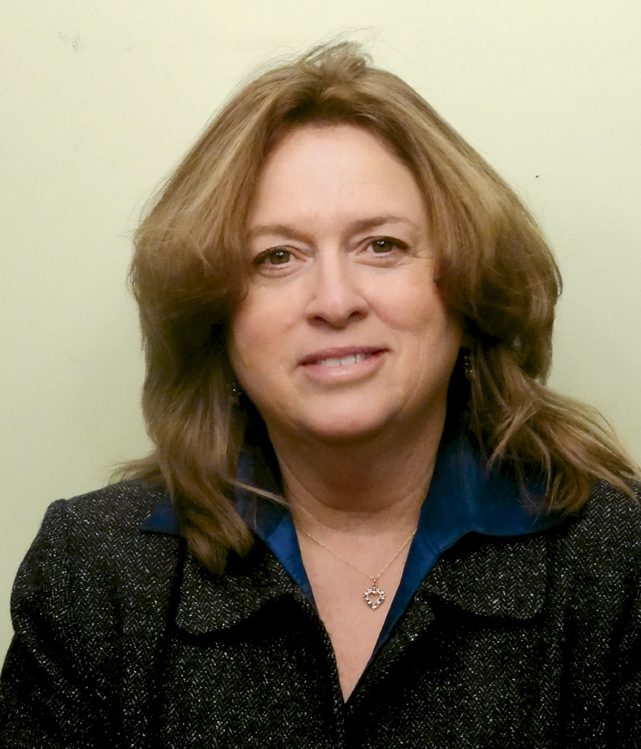Captive insurance arrangements generate buyer interest,agent opportunities
Despite the soft insurance market and numerous industry challenges, captive insurance companies continue to gain interest from buyers. Over the past three decades, in fact, group captives have become a mainstay of the commercial insurance market.
According to experts, a number of factors are contributing to the increased use of and reliance on captives, particularly among middle market buyers, who are showing the most interest. Besides the financial value of captive use, factors include greater comfort and familiarity among the business community with the concept of captives; increased comfort levels among insurers and regulators; and a larger complement of resources to help firms—and their agents and brokers—with everything from conceptual introduction through implementation.
Market trends
Carol Frey, vice president of alternative markets at Great American Insurance Group, says her company sees a “continuous and steady interest in captives, and a good deal of that interest is in group captives.”
Artex North America Executive Vice President Karl Huish has seen a similar shift. He says the Artex group captive business has experienced significant growth in recent years.

—Chris Kramer
Managing Director
Green Mountain Sponsored Captive Insurance Company
Chris Kramer, managing director at Green Mountain Sponsored Captive Insurance Company, adds that his firm is seeing “a lot of interest in the rental captive sector in today’s marketplace. Interest in captive formation for insurtech products is surging as well.”
Today more middle market businesses are looking to group captives to help them reduce their risk management costs, notes Huish. “Where price is determined by a company’s specific performance, good accounts want to find a method to recognize this, and group captives can fill this role,” he states.
History has shown that “while group captives tend to be more challenging from a startup perspective because of the need for critical mass and adequate risk distribution, middle market agents and brokers have learned how to manage expectations and timing in a thoughtful and proactive way.”
Most experts agree that timing is important with group captives. Because the industry is in the middle of what appears to be one of the most protracted soft markets in history, some suggest it’s a poor time to consider a captive formation. In fact, the opposite is true: it’s an excellent time to explore the captive concept.
Kramer cites a quote from John F. Kennedy: “The time to repair the roof is when the sun is shining.” He notes: “The current soft commercial market just makes captive formation that much more feasible. For the most part, reinsurance is plentiful today, and fronters are eager to offer their paper. This expedites the entire formation process.”
Emerging risks
In addition to the coverages that originally were incorporated into group captives—typically workers compensation, general liability and auto liability—captive owners are finding more ways to use their captives. A number of emerging risks have been incorporated into existing captives. In some cases, captive owners may even form separate captives for the emerging risks.
One area that has attracted significant interest is medical stop-loss coverage. Many mid-sized operations are looking for viable approaches to lowering the cost of healthcare insurance. Frey says, “Agents are spending a lot of time finding and developing healthcare solutions. Today many of the current crop of potential solutions center around methods that let employers cluster their risks.”
While a number of risk opportunities exist for group captive involvement, “medical stop-loss coverage is the big ticket today,” Kramer notes. A captive allows its owners to potentially reduce fixed expenses and retain underwriting profits that a traditional carrier keeps. It is for this reason that Kramer’s firm was originally established.
Another key emerging risk is cyber liability. Many people in the insurance industry consider cyber to be a new exposure that just started to show up a few years ago. Huish points out, however, it’s a risk category that’s been around for 10-plus years.

—Karl Huish
Executive Vice President
Artex North America
“Back then,” he says, “cyber was considered to be such a minimal risk that it was typically a throw-in to the corporate insurance program.” Soon, however, large financial institutions, retailers and others began to experience significant cyber losses.
Further, Frey points out that while persuading Main Street accounts to purchase cyber policies has been a challenge in the past, that is changing. More and more small to mid-sized business owners are realizing that they have exposure and need coverage beyond a “throw-in” sub-limit. That being said, most are not ready to assume cyber risk on a group captive basis. It is in a “wait and see” status, Frey notes. The premiums are relatively cheap and the exposure is too great to make cyber a good candidate for risk sharing in a group captive.
Captives also are being used to insure a number of other emerging risks, including everything from workplace violence to terrorism. Captive involvement is proving useful for the enterprise risks faced by small and mid-sized businesses that are not covered by commercial insurance. As business owners see the advantages of having a comprehensive risk management program, movement toward an enterprise approach has been increasing.
Market outlook
Given the significant standing captives have achieved in the commercial insurance market, the big question remains: Where do captives go from here? While it is difficult to see the future with certainty, several points can provide clues about the future.
By far one of the most revealing clues is the acceptance of captives by the insurance community. About 50 years ago, captives were considered to be a risky proposition. Insurance buyers had concerns about their ability to provide a viable risk financing vehicle. Most captives being formed at the time were for Fortune 500 corporations. Main Street businesses were not viewed as prospects for captives.
In the late 1970s and early 1980s, a prolonged hard market made captives appealing to and viable for smaller firms. The Risk Retention Act of 1981, amended in 1986, paved the way for mid-sized companies to join risk retention groups so they could obtain coverage that was unavailable or unaffordable in the traditional insurance market.
Captives in those days were considered to be hard market antidotes. Most business owners believed that once pricing softened in the conventional market, RRGs might find they had outlived their usefulness. But such was not the case. Group captives continued to flourish even when rates moderated in the traditional market. Mid-sized business owners saw the advantages group captives could provide, and many members stayed in.

—Carol Frey
Vice President, Alternative Markets
Great American Insurance Group
Agents and brokers also have seen the benefits that can be obtained from these group risk financing mechanisms. When they are structured appropriately and in compliance with IRS requirements for risk transfer and distribution, producers are finding group captives to be a viable risk management approach for many of their clients.
Whether developed by an agent or broker or by others, group captives can provide an attractive approach to risk financing. While some brokers may express concern about a reduction in revenue, options exist to deal with this issue.
Increasingly, quality risks are moving into the captive arena. When this occurs, what happens to the traditional marketplace? According to Huish, “As better risks migrate to captives, market prices will continue to have upward pressure on the remaining risks,” ultimately increasing premiums for those that remain in the conventional market.
Ride the wave
Over time, group captives have become a respected way to finance risk management programs. Captives are now estimated to insure some 50% of commercial risks. Group captives for mid-sized businesses continue to experience growth. Insureds that abandon the conventional market rarely return to it.
That spells opportunity for agents and brokers. According to Frey, “It’s critical that producers discuss a captive alternative with their best-in-class accounts. Not only will they educate their clients on the option, but they will keep other brokers and agents at bay. By avoiding the discussion, the producer is providing an invitation for competition.”
The growth of group captives continues despite soft conditions in the traditional market. As the experts point out, group captives will continue to experience growth. Mid-sized agents and brokers would be wise to include group captives in their strategic planning process.
The author
Michael J. Moody, MBA, ARM, is the retired managing director of Strategic Risk Financing, Inc. (SuRF), a firm that was established to provide consulting services to captive and other alternative risk transfer mechanisms. As a contributor, he continues to actively promote the benefits of the ART market by providing current, objective information about the market, the structures being used, and the players






